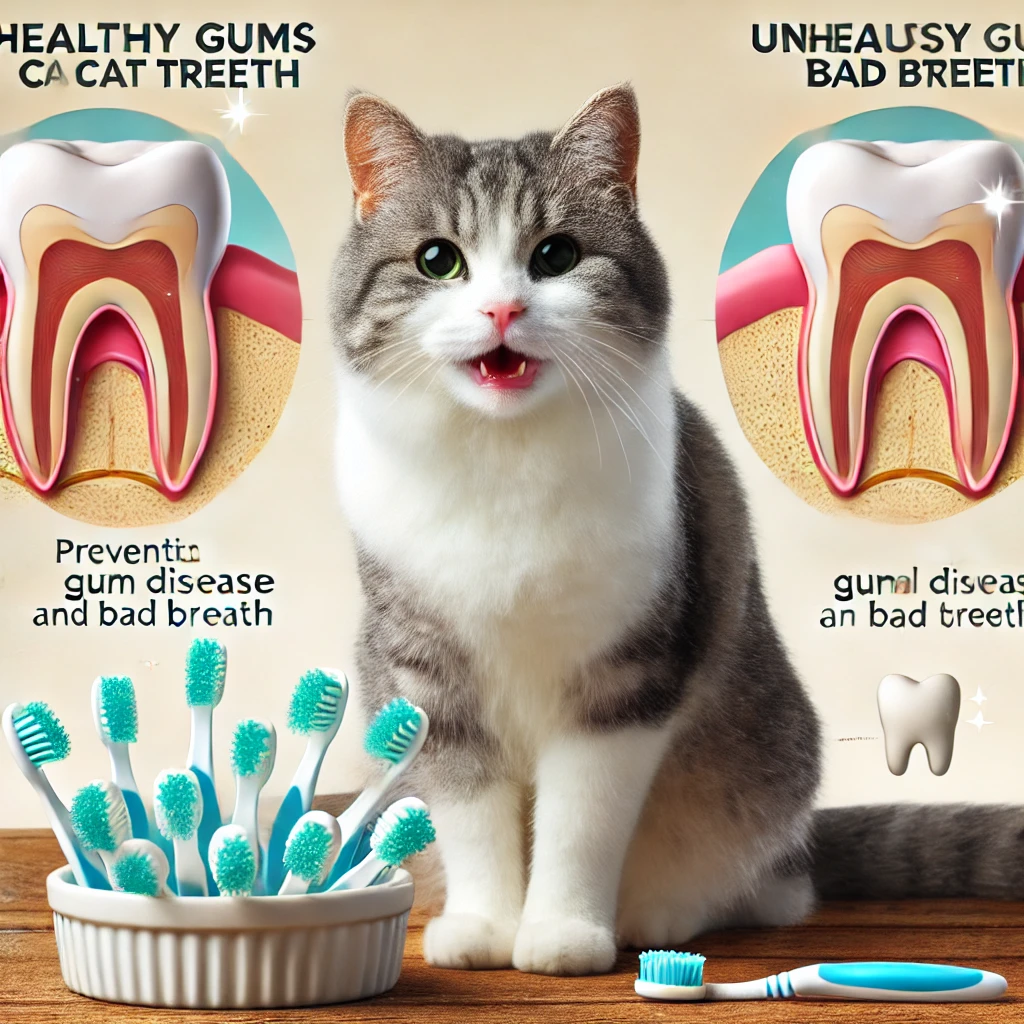Pharmaceutical corporations and academic institutions have invested significant time, money, and effort in recent years to increase the accuracy and applicability of in vitro screening technology, which measures the biological activity and physicochemical characteristics of substances. Animal models are still used in the investigation of possible medication candidates, nevertheless.
FDA, NMPA, and other regulatory bodies demand that a drug’s efficacy and safety be evaluated in animals before it is allowed on the market. An animal is a sophisticated biological system, whether it be a rat, dog, monkey, or even a person. There is currently no in vitro screening technique or combined technique that can accurately represent and simulate the complexity of the complete organism. Therefore, using animal models to assess the effects of potential medications on humans and diseases is essential.
classification of animal models for tumors
Mouse Xenograft tumor model
The mouse xenograft tumor model, which uses certain animals like SCID, NSG, B-NDG, and other conventional immunodeficiency or severe immunodeficiency mice, who cannot produce immune attacks on foreign cells, is the most widely used tumor disease model.
* Standardized cancer cell lines are employed for the CDX (Cell-line-derived Xenograft) model. Although the cells are simple to get, one disadvantage is that they cannot accurately mimic the initial clinical tumor.
* PDX (Patient-derived Xenograft) model: cells or tumor tissue from cancer patients that exhibit the traits of actual tumors.
Most antibody drugs kill tumors by mediating the immune system, so to evaluate their effectiveness, it is necessary to reconstitute an animal model of the human immune system (including DC, B, T, and NK).
Mouse allograft tumor model
The use of immunodeficient mice for modeling could lead to immune system rejection brought on by cross-species transplantation, which is a drawback of the xenotransplantation model. Although the mouse tumor cell lines are needed for modeling studies, the allograft tumor model enables researchers to employ a mouse model with a healthy immune system. The allograft model outperforms the xenograft model in simulating the actual cancer situation thanks to its fully working immune system.
* Wild mouse allotransplantation model: mainly used in the pharmacological and pharmacological study of Surrogate antibody.
* Genetically modified/humanized mouse model: for the study of humanized antibodies.
Also Read
- ► The Ultimate Guide to Hair Restoration in Islamabad
- ► A Potential Game-Changer in Cancer Treatment: Targeting IGF2BP1
- ► Advancements in Monkeypox Research: New Diagnostics and Therapeutic Strategies
- ► Revolutionize Your Skin with Dermapen 4 at Satya Skin & Hair Solutions in Delhi NCR
- ► The Comfort and Durability of Minus Two Cargo Pants You Need to Know
- ► Cheap VPS Server Hosting with SSD Storage for Speed and Reliability
- ► Sydney Four-Dayer Against England Lions: Edwards, Sutherland, Hardie Prepare
- ► How to Treat Injury Pain Using Tramadol
- ► Top Commercial Cleaning Tips for Lahore Businesses
- ► Explore the Proton X90 Price and Proton Price for Affordable Options
- ► 7 Fun Facts About Orchids That No One Told You Before!
- ► How to Apply for a 50000 and What Lenders Provide Quick Approval
- ► 5 Interesting Reasons Why You Need To Send Flowers On Valentine’s Day!
- ► Castle APK Download Official Latest Version 2025 For Android
- ► NeuroQuiet Reviews Vermont (❌WARNING❌) Does NeuroQuiet Really Work? – NeuroQuiet Review 2025





